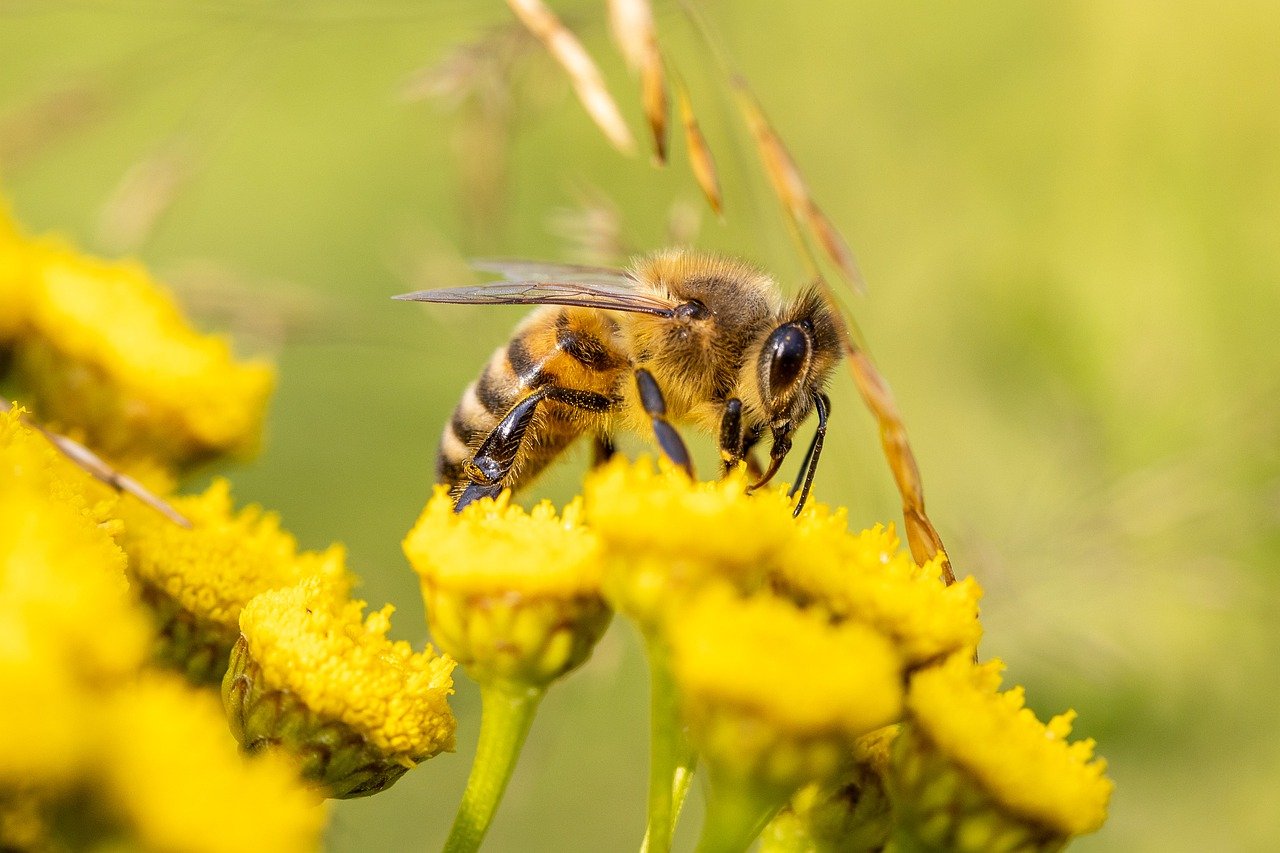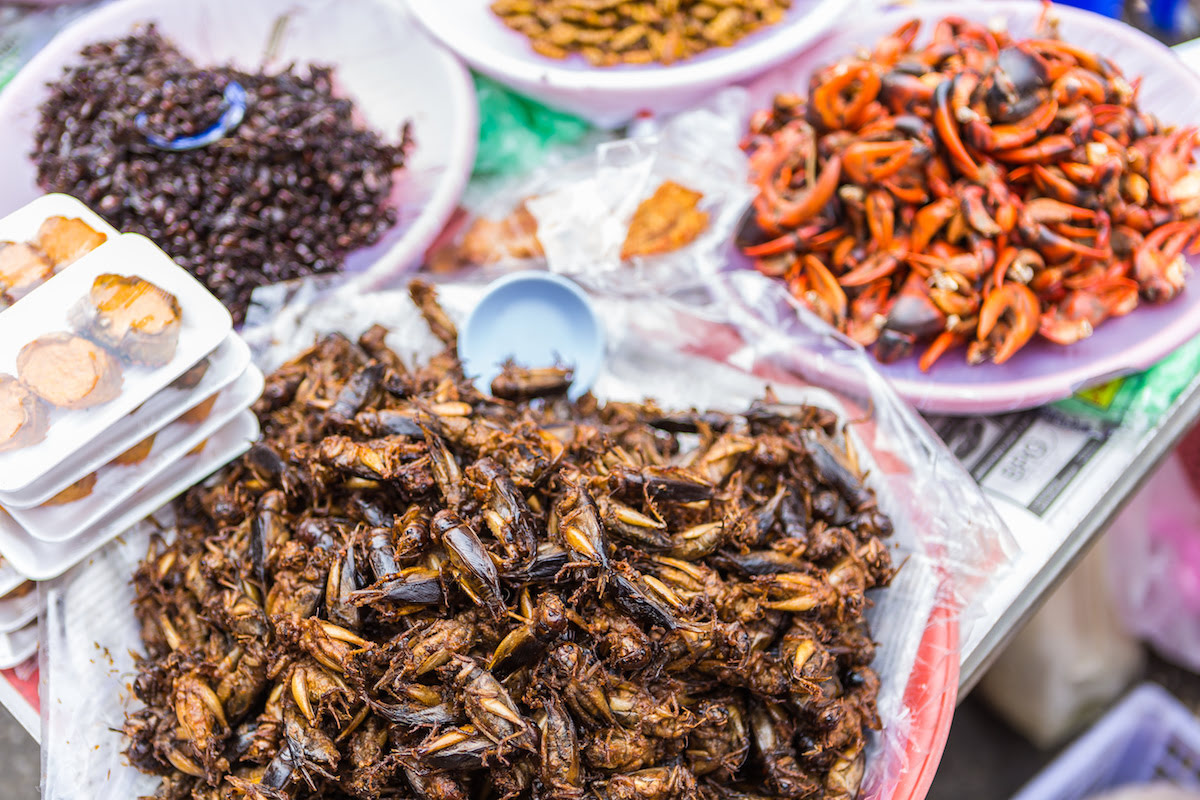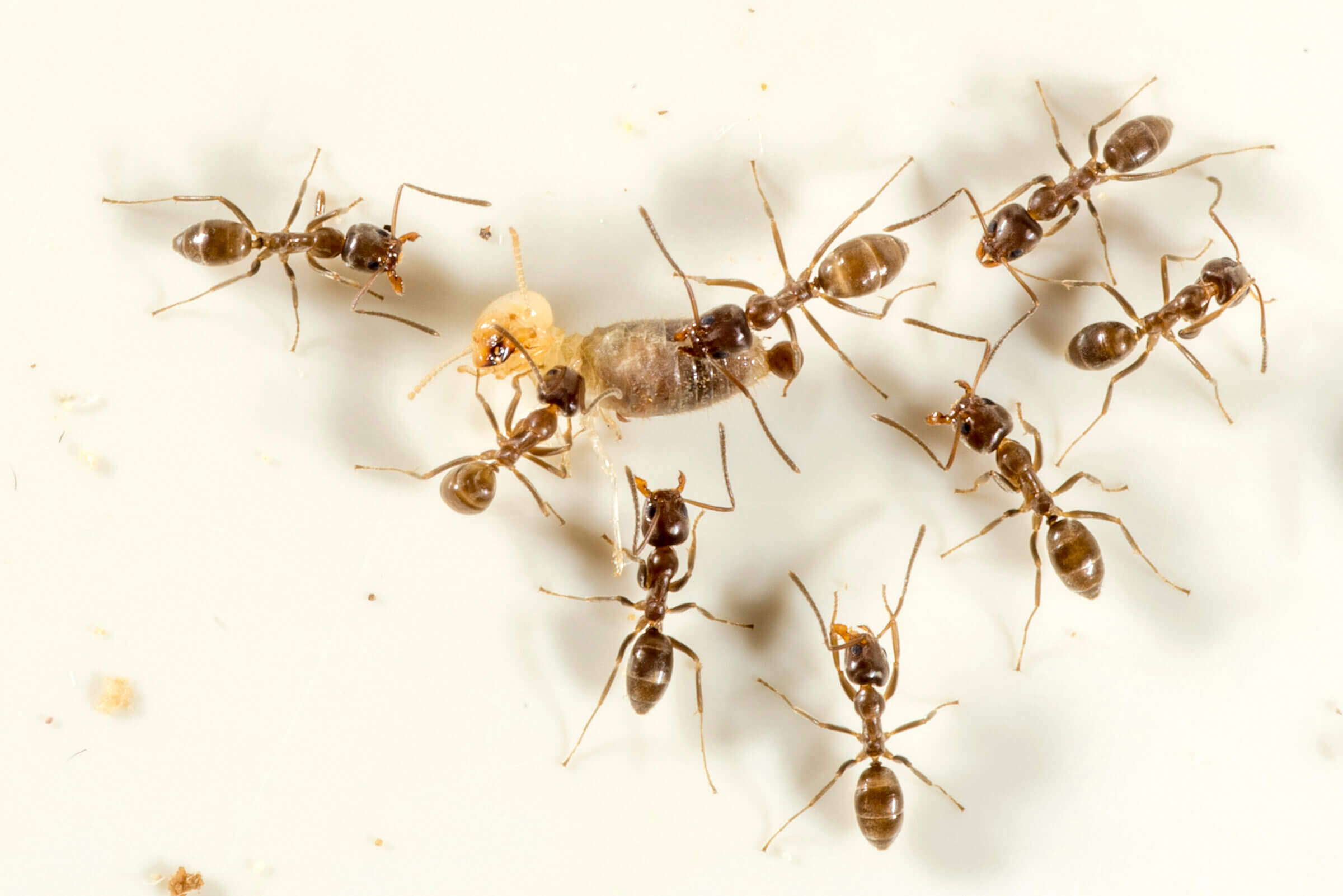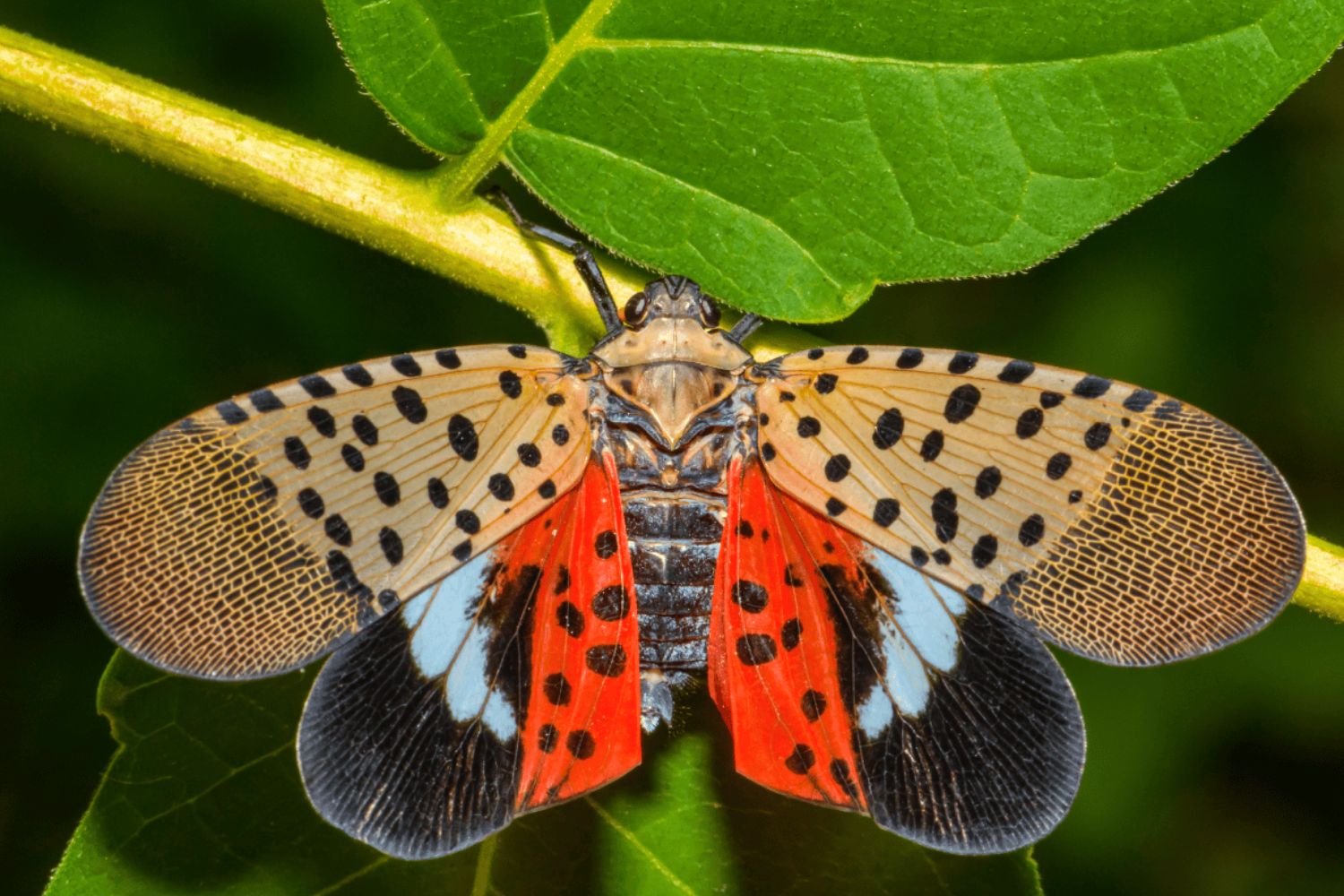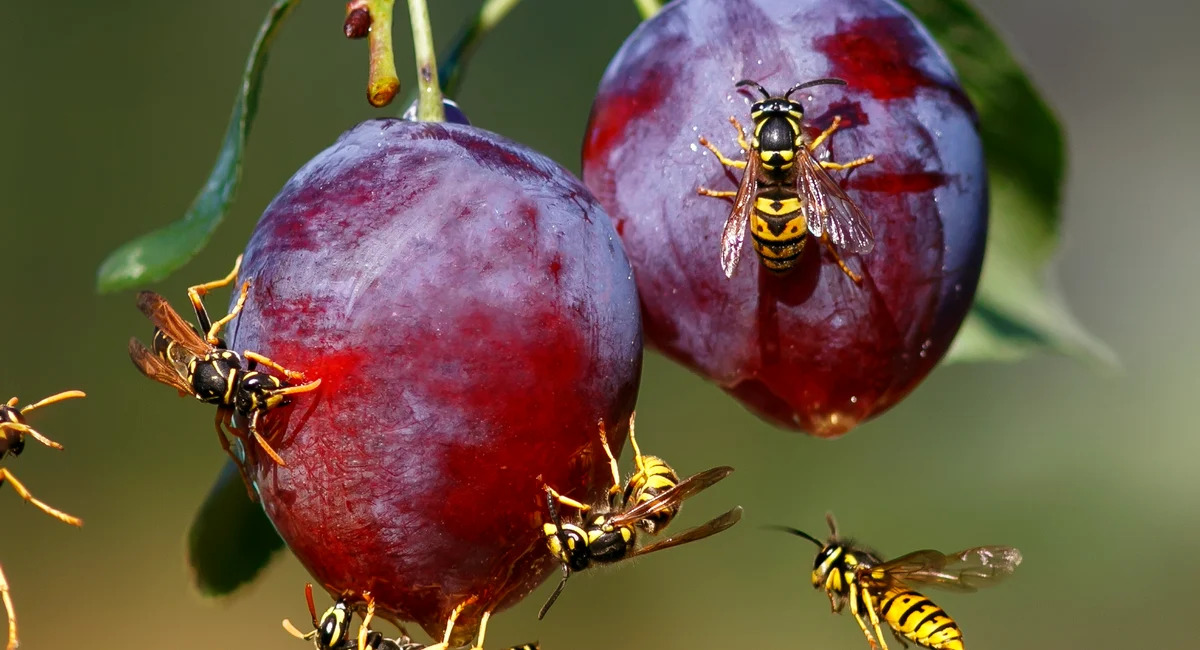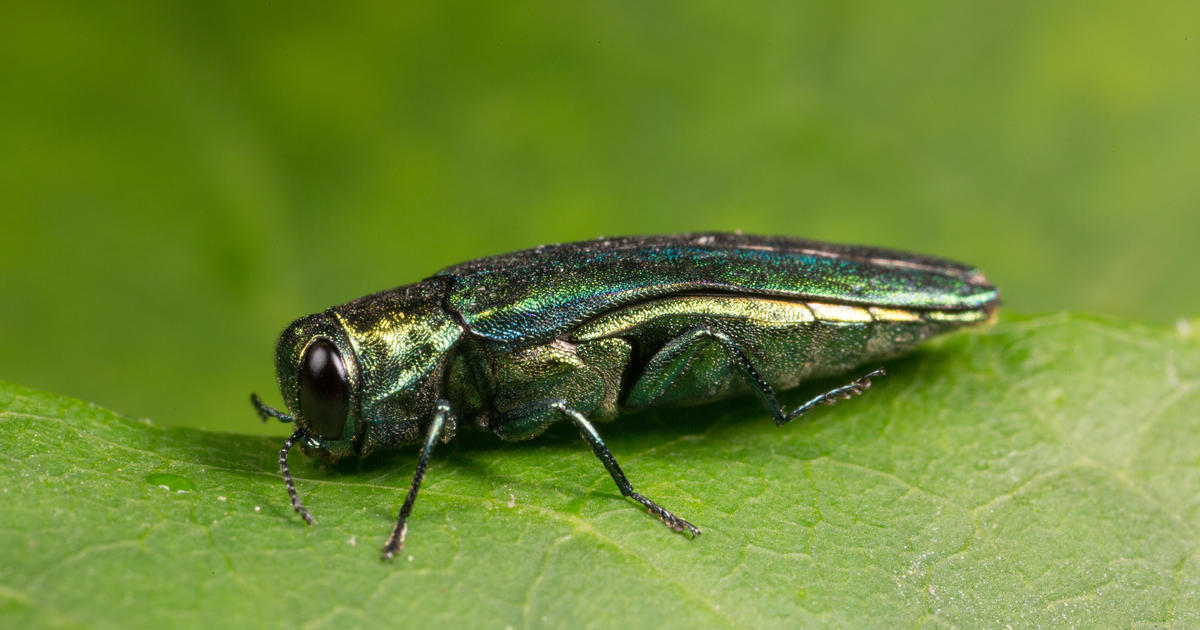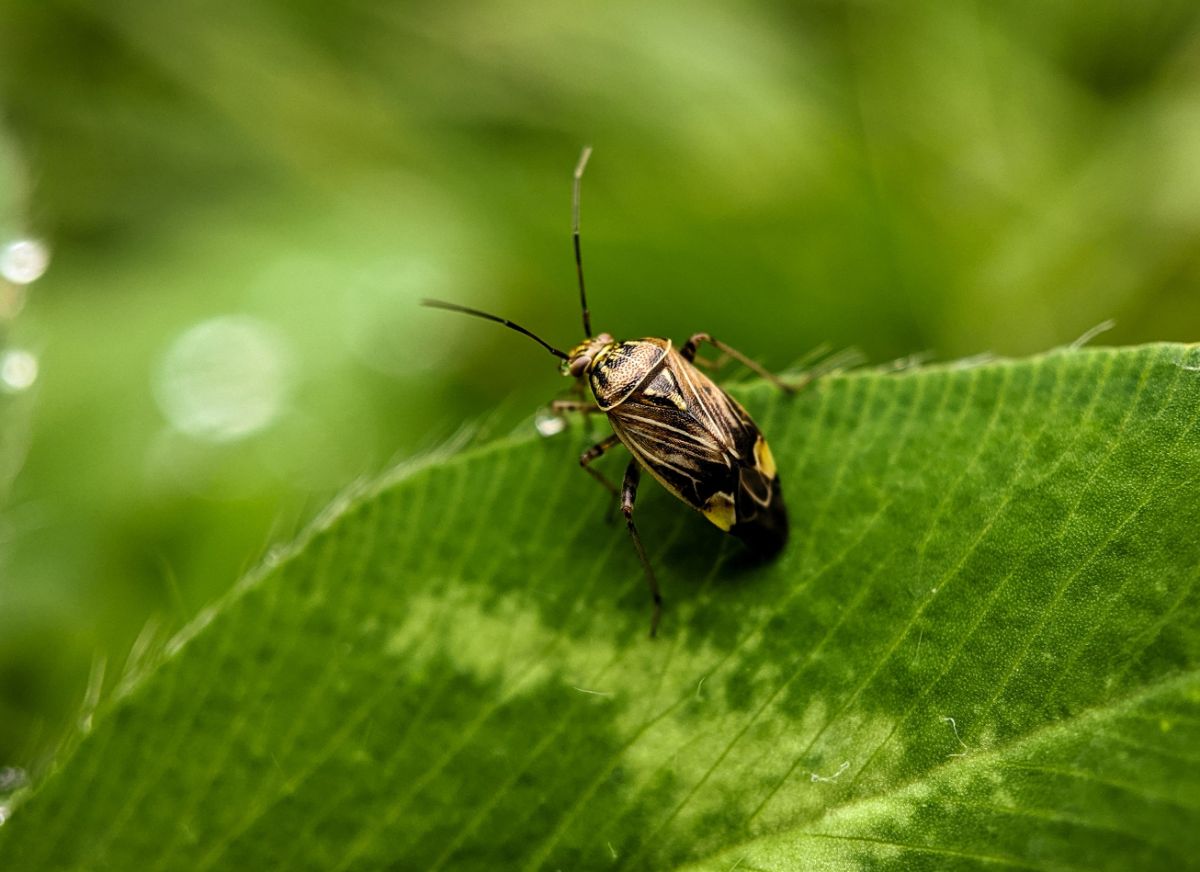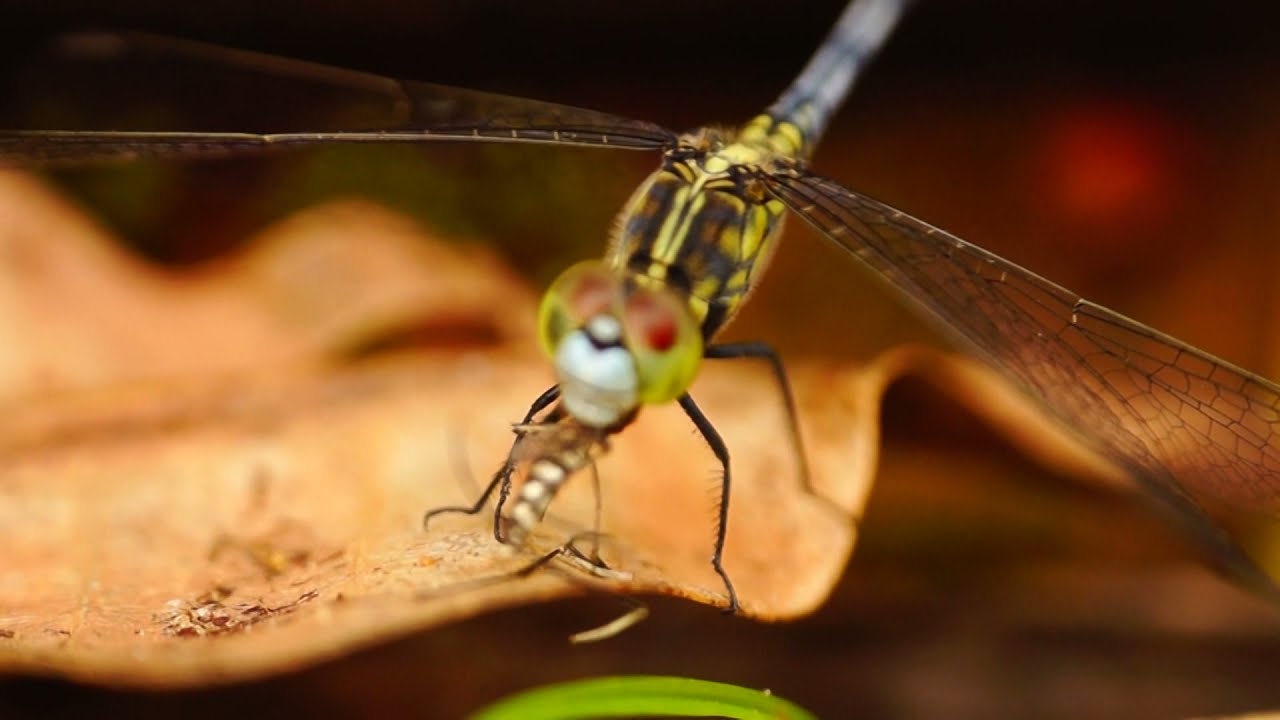Home>Gardening News and Trends>Latest News>What Insects Eat Bees
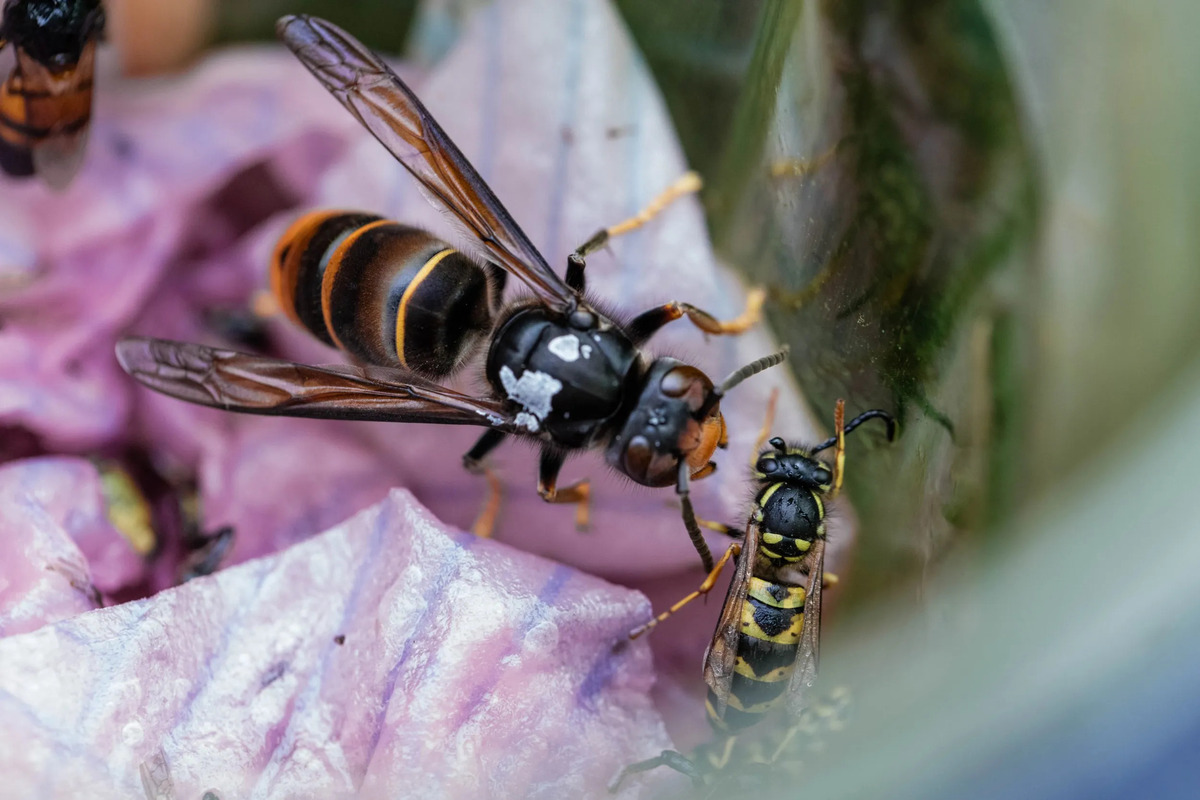

Latest News
What Insects Eat Bees
Published: December 7, 2023
Stay informed with the latest news on what insects eat bees. Discover the surprising behaviors and predators threatening bee populations.
(Many of the links in this article redirect to a specific reviewed product. Your purchase of these products through affiliate links helps to generate commission for Chicagolandgardening.com, at no extra cost. Learn more)
Table of Contents
Introduction
In the fascinating world of insects, the delicate and industrious bees hold a significant place. Bees are known for their crucial role as pollinators, facilitating the reproduction of flowering plants and playing a vital role in maintaining biodiversity. However, the bustling presence of bees also attracts numerous other creatures, including predatory insects, parasitic insects, beetles, moths, wasps, hornets, birds, and even some animals that see bees as a source of food.
While it may be disheartening to think of any harm coming to these essential pollinators, it is important to understand the natural balance of the ecosystem and the various predators that exist within it. This knowledge helps us appreciate the intricate relationships and dynamics at play in nature.
In this article, we will explore the diverse range of insects, animals, and birds that prey on bees. From formidable predators to subtle parasites, these creatures have evolved to exploit the resources provided by their buzzing counterparts. By gaining insight into the feeding habits and behavioral patterns of these bee eaters, we can better appreciate how ecosystems function and the challenges that bees face in the wild.
Predatory Insects that Eat Bees
Among the numerous insects that feed on bees, some are specifically adapted predators that actively hunt and capture their prey. One such example is the robber fly (Asilidae family), known for its impressive speed and agility in mid-air. These formidable hunters are equipped with strong mouthparts and sharp, piercing proboscises that they use to inject venom into their victims. Robber flies are known to target bees in flight, swiftly immobilizing them before sucking out their bodily fluids.
Another group of predatory insects that pose a threat to bees are the dragonflies and damselflies (Odonata order). These ancient insects rely on their sharp vision and exceptional flying skills to capture their prey. They snatch bees from the air or pluck them off flowers with their specialized forelegs, seizing the opportunity when bees are momentarily distracted.
Some species of mantises, like the European mantis (Mantis religiosa), are also known to feed on bees. These patient and well-camouflaged insects lie in wait, blending seamlessly with their surroundings. When a bee approaches, the mantis strikes with its powerful forelegs, immobilizing and consuming its prey. Mantises are known for their incredible stealth and precision, making them effective bee hunters despite their relatively slow movement.
Additionally, several wasp species, such as the sand wasp (Ammophila spp.), actively seek out bees as a food source. These wasps are solitary hunters and build nests in sandy or loose soils. They capture bees to provision their offspring, paralyzing them with venom and carrying them back to their nests. The paralyzed bees serve as a fresh and nutritious food source for the wasp larvae, ensuring their survival and development.
As part of the natural cycle of life, these predatory insects that feed on bees play an essential role in maintaining ecological balance. While it may seem harsh, their hunting activities contribute to population control and prevent any one species from dominating the ecosystem completely.
Parasitic Insects that Prey on Bees
In addition to direct predators, bees also face a threat from parasitic insects that exploit the bees for their own survival and reproduction. One such group of parasites is the bee lice (Braula coeca), small flies that belong to the family Braulidae. These tiny insects attach themselves to bees, feeding on their bodily secretions and weakening the host as they reproduce. While bee lice do not cause significant harm to the overall bee population, they can contribute to the stress and decline of individual bees.
Another notable example of a parasitic insect that preys on bees is the bee-mimicking Robber or Solitary bees (Nomadinae subfamily). These cuckoo bees have evolved to resemble particular species of bees in appearance, behavior, and even scent. Once they infiltrate a host bee’s nest, female cuckoo bees lay their eggs, leaving them to be raised by the unsuspecting host. The cuckoo bee larvae feed on the resources within the nest, including the pollen and nectar provisions intended for the host bee’s offspring, effectively usurping the resources for their own benefit.
One of the most well-known parasitic insects that target bees is the Varroa mite (Varroa destructor). This formidable pest has been a significant contributor to the decline of bee populations worldwide. Varroa mites attach themselves to bees, feeding on their hemolymph (insect blood) and transmitting debilitating viruses. Infested bees become weak and susceptible to disease, ultimately causing colony collapse if left untreated.
Other parasitic insects, such as certain wasp species, lay their eggs inside bee larvae or pupae, allowing the developing wasp larvae to feed on their host and eventually emerge as adult wasps. These parasitic wasps are often specialized in targeting specific bee species, using them as living nurseries for their offspring.
While these parasitic insects pose significant threats to bee populations, they are an essential part of the natural ecosystem, contributing to biodiversity and maintaining a balance among different species.
Beetles and Moths that Feed on Bees
Beetles and moths are diverse insect groups that include species with varied feeding habits. Some beetles and moths have developed a taste for bees, making them important predators in the bee ecosystem.
The bee-eating beetle (Trichodes spp.), also known as the flower beetle or blister beetle, is one such example. These beetles are attracted to the flowers that bees visit for nectar and pollen. When a bee approaches a flower, the bee-eating beetle ambushes it, grasping the bee in its legs and devouring it. While individual bee-eating beetles do not pose a significant threat to bee populations, their presence indicates the abundance of bees in an area.
Another beetle known to prey on bees is the rove beetle (Staphylinidae family). These beetles are ground dwellers and are often found near beehives or in areas frequented by bees. Rove beetles are opportunistic hunters, and when bees get overwhelmed or injured, these beetles seize the opportunity to scavenge on the weakened individuals. They feed on the injured bees, which may have fallen to the ground or become stranded.
In the realm of moths, certain species have evolved to target bees for their survival. The bee hawk-moth (Hemaris spp.) is a notable example. These moth species have long proboscises, which they use to feed on nectar and pollen from flowers, including those visited by bees. Occasionally, when bee populations are abundant, bee hawk-moths have been observed preying on bees. Their swift flight and ability to hover make them effective hunters in the air.
While beetles and moths that feed on bees may pose a threat to individual bees, it is important to remember that they are part of the intricate web of life. Their feeding habits contribute to the checks and balances necessary for maintaining the natural balance of the ecosystem.
Wasps and Hornets that Target Bees
Wasps and hornets are often associated with their fierce reputation as predators, and bees are not exempt from their hunting activities. Certain species of wasps and hornets have evolved to specifically target bees as a food source.
The European hornet (Vespa crabro) is one such example. These large hornets are attracted to the rich supply of nectar and pollen found in flowers, which also happen to be visited by bees. European hornets are formidable predators, capable of capturing and dismembering bees with their powerful mandibles. They are known to track bees in flight and ambush them at flowers or near beehives.
Another predator in the wasp family that feeds on bees is the paper wasp (Polistes spp.). Paper wasps are social wasps that construct paper-like nests from plant fibers. They are opportunistic hunters, and when bees come into their foraging range, paper wasps readily capture and paralyze them using their venomous stingers. The paralyzed bees are then carried back to the wasp nest, where they serve as a food source for the developing wasp larvae.
Some wasp species, such as the mud dauber wasp (Sphecidae family), also predate on bees. Mud dauber wasps construct mud nests in which they lay their eggs. To provision their offspring, they capture bees and paralyze them before placing them inside the mud nests with their eggs. The paralyzed bees act as a fresh food source for the developing wasp larvae.
While wasps and hornets that prey on bees may instill fear in beekeepers and bee enthusiasts, it is important to remember that they too play a vital role in maintaining ecological balance. They contribute to controlling bee populations and preventing any single species from dominating the ecosystem completely.
Birds and Animals that Consume Bees
Bees are not only vulnerable to the predatory instincts of insects but also face threats from birds and certain animals that find them to be a delectable food source.
One avian predator known for consuming bees is the bee-eater bird (Meropidae family). These vibrant and colorful birds have long, pointed bills, which they use to catch flying insects, including bees. Bee-eaters are highly skilled aerial hunters and can snatch bees in mid-flight, swiftly removing the stingers and consuming their prey. These birds are adapted to their diet of bees, and their digestive systems can cope with the venom and toxins present in the bees’ bodies.
Another bird species that poses a threat to bees is the European starling (Sturnus vulgaris). Starlings are known to raid beehives, especially during periods when they are raising their young. They will consume both the bees and the honey, causing significant damage to the colonies. Starlings have learned to exploit the bees’ instincts by mimicking the behavior of guard bees, tricking them into allowing entry into the hive.
Various animals also find bees to be a nutritious food source. For example, certain species of rodents, like the honey badger (Mellivora capensis), have been observed raiding beehives to feast on both the bees and the honey. These agile and persistent creatures are undeterred by the bees’ stings and will endure them to obtain their meal.
Additionally, some primates, such as certain species of monkeys, have been observed eating bees or raiding beehives. They have developed techniques to avoid or minimize bee stings and will reap the benefits of the bees’ delicious honey and protein-rich larvae.
While birds and animals that consume bees may impact local bee populations, they are part of the natural food web. Their interactions with bees contribute to the complexity and balance of ecosystems, showcasing the interconnectedness of species within the environment.
Conclusion
The world of bees is not without its dangers, as numerous insects, birds, and animals see them as a source of food. Predatory insects like robber flies, dragonflies, mantises, and wasps use their specialized adaptations to capture and consume bees. Parasitic insects such as bee lice, cuckoo bees, and Varroa mites exploit bees for their own survival and reproduction. Beetles and moths have also developed a taste for bees, while wasps and hornets are well-known predators in the bee ecosystem. Birds like bee-eaters and European starlings, along with animals such as honey badgers and certain primates, feast on bees for sustenance.
While it may be disheartening to consider the predation of bees, it is important to recognize that these interactions are part of the natural balance of the ecosystem. Predators and parasites play essential roles in controlling bee populations and preventing any one species from dominating completely. Understanding and appreciating these dynamics can help us gain a deeper perspective on the intricate relationships at play in the natural world.
As we continue to study and explore the fascinating world of bees and the creatures that prey upon them, it is crucial to recognize the importance of preserving and protecting these valuable pollinators. By implementing sustainable farming practices, supporting bee conservation efforts, and raising awareness about the threats they face, we can ensure the survival of these vital insects and the ecosystems they contribute to.
